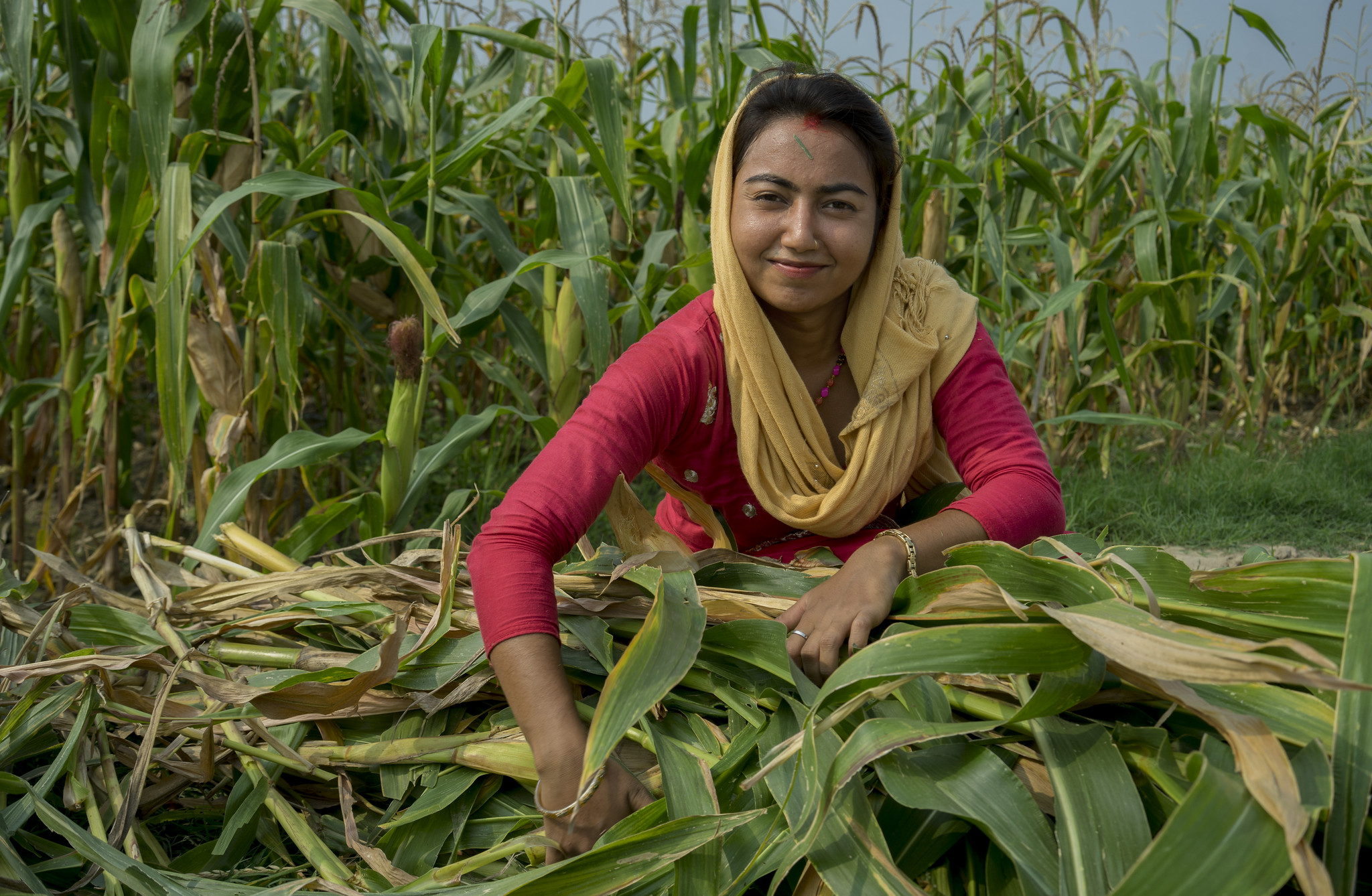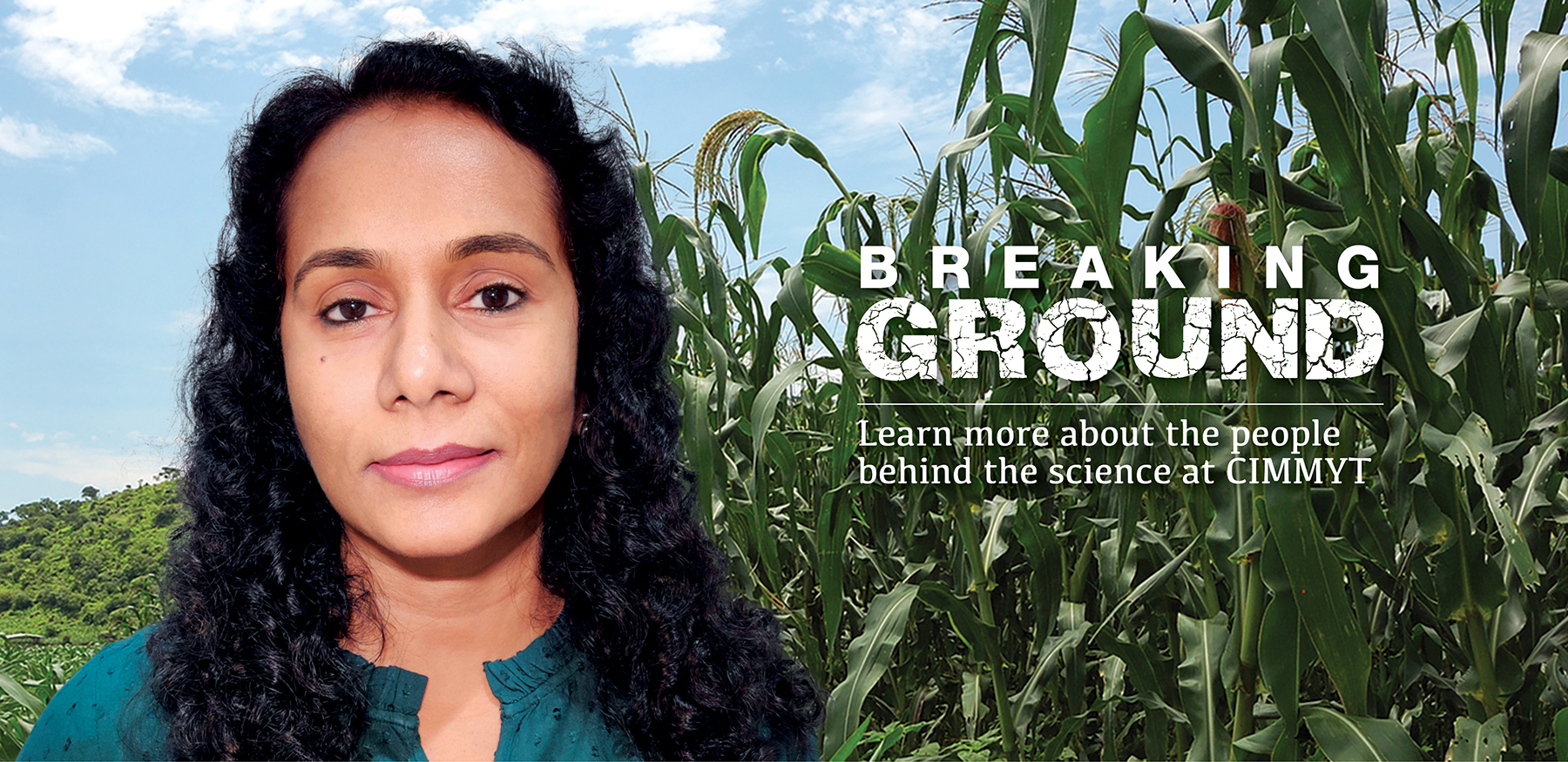Climate Resilient Maize for Asia is supported by Germany’s development agency GIZ, and implemented as a public-private partnership, which targets enhanced resilience among resource-poor, maize-based farming families in South and Southeast Asia by providing them with abiotic stress-tolerant maize hybrids adapted to rain-fed stress-prone production systems for crop diversification, intensification and higher yields.
Most of the maize in Asia is grown as a rain-fed crop, which is prone to vagaries of seasonal monsoon rains. This is clearly reflected in the productivity of maize under rain-fed systems — usually less than half of the irrigated system. The erratic distribution pattern of monsoon rains results in drought or water logging at different crop growth stages, which is the main factor responsible for relatively low productivity of rain-fed maize. Due to the possibility of uncertain economic returns, farmers often hesitate to invest in improved seed, fertilizers and inputs, which further add to poor yields of rain-fed maize. Climate change effects are further threatening an already challenging maize mega-environment in the Asian tropics, which are identified as subject to climate change effects, with high vulnerability and low adoption capacity.
The project deals with high priorities of Asian stakeholders related to improving maize production in the face of current and anticipated effects of climate change and access to diverse and valuable maize germplasm, building upon the GIZ-funded project known as “Abiotic stress tolerant maize for increasing income and food security among the poor in South and Southeast Asia,” where significant progress is being made towards understanding the rain-fed stress-prone agro-ecologies in South and Southeast Asia, development of improved maize germplasm with enhanced levels of tolerance to drought, waterlogging or combined stress tolerance.
OBJECTIVES
- Using data on elevation, aridity index and mean annual rainfall, a climate similarity map with a total 30 zones was developed for South Asia. This is useful in planning regional hybrid trials respective environment analogue.
- New hybrid combinations by crossing promising stress-tolerant lines and evaluated across moisture regimes, including managed drought and waterlogging stresses, and optimal conditions, and a set of 50 promising hybrids are ready for large-scale adaptive trials.
- Among the inbred lines developed under the project, four most promising lines were globally released CML (CIMMYT Maize Lines), namely CML-562, CML-563, CML-564 and CML-565, for use in low-land tropical breeding programs targeting stress-prone rainfed environment.
- Total 18 Quantitative Trait Locus (QTLs) for grain yield under waterlogging and 21 QTLs for grain yield and anthesis-siling interval under drought were identified using genome-wide association studies and analyses of bi-parental populations. These validated genomic regions are candidate for introgression into elite Asia-adapted genetic background.
- Breeder ready marker assays (KASP assays) have been developed for the 18 significant genomic regions that typically explained more than 10 percent of phenotypic variance under water-logging stress.
- Protocol for rapid-cycle genomic selection (RC-GS) optimized with regards to constitution of suitable target population, and suitable statistical model for genomic selection.
- Genetically enhanced cycle (C2) of two multi-parent synthetic populations were developed by inter-mating top 5 percent progenies with high genotypically estimated breeding values (GEBVs) were submitted for subjecting to double haploid for deriving new generation of stress-resilient maize lines
FUNDING INSTITUTIONS
- Germany’s development agency GIZ


 Innovations
Innovations